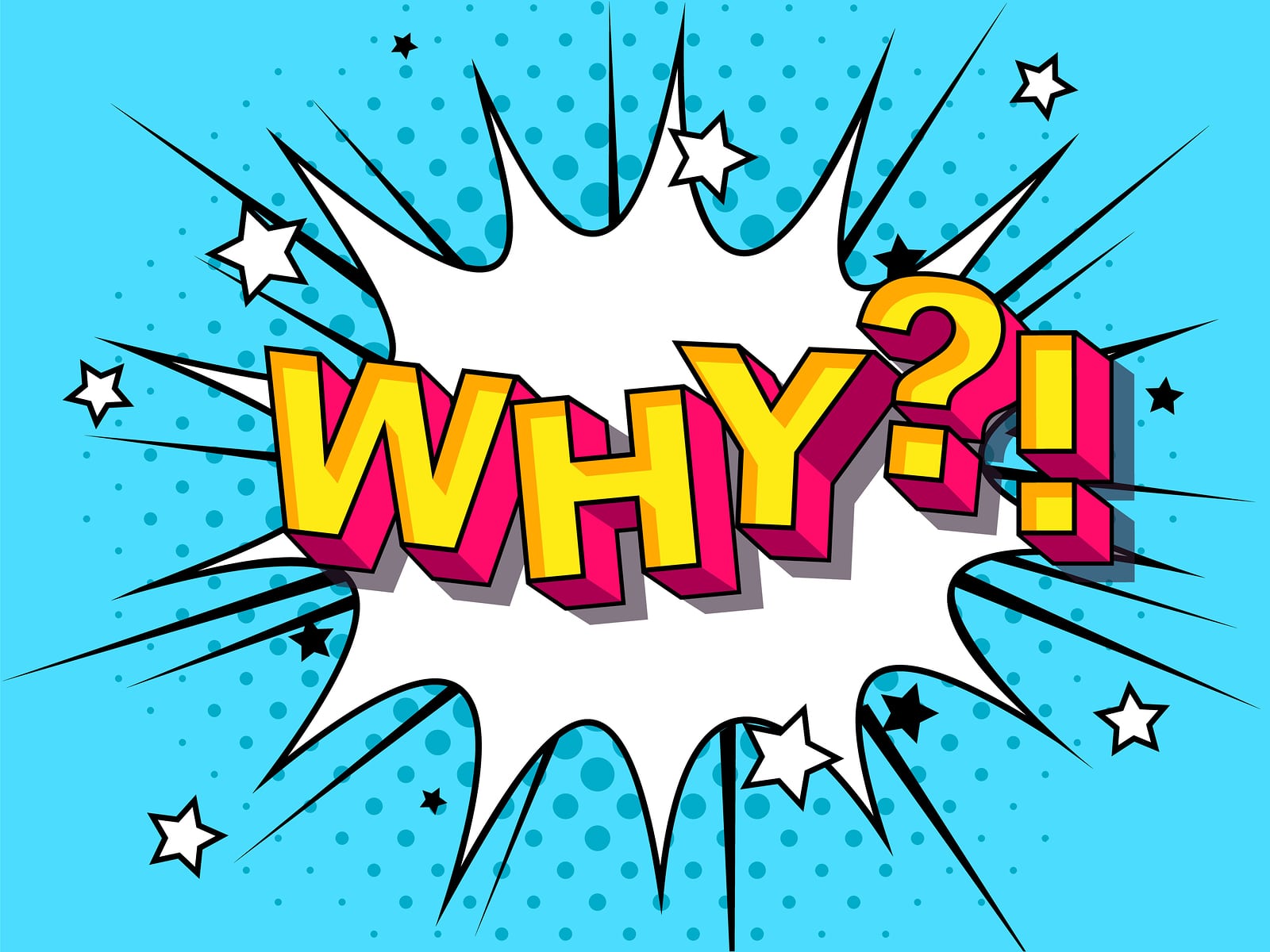Automotive Paint Drying Times: What to Expect & How to Ensure a Lasting Finish
Understanding Automotive Paint Drying Times: A Comprehensive Guide
When repainting your vehicle or touching up minor scratches, one of the most critical factors determining the outcome is how long the automotive paint takes to dry and fully cure. Proper drying not only ensures a smooth, durable finish but also protects your car’s body from environmental damage. However, the answer to “how long does it take for automotive paint to dry” varies based on paint type, environmental conditions, and post-paint care methods. This guide explores these factors in detail, providing actionable steps and real-world examples so you can make informed decisions and safeguard your investment.

Source: pinterest.co.kr
1. Types of Automotive Paint and Their Drying Times
Automotive paints come in several formulations, each with its own drying and curing characteristics. The three most common types used today are acrylic, enamel, and urethane. Understanding the differences between them is essential for planning your project timeline and caring for your car post-paint.
Acrylic Paint
Acrylic paints are favored for their vibrant color and durability. They typically dry to the touch in 30 to 60 minutes at room temperature (around 20°C/68°F), but full curing can take anywhere from 24 hours to 7 days, depending on the product and environmental conditions. During this period, avoid exposing the vehicle to harsh elements or washing it. Complete curing ensures the paint is fully bonded and resistant to scratches and chemicals [2] , [1] .
Enamel Paint
Enamel paints are known for their glossy finish and toughness but require more time to dry-usually between 24 and 48 hours for surface drying. Depending on humidity, temperature, and the number of coats, full curing can extend to several weeks. This makes enamel ideal for those seeking a highly durable finish but willing to wait longer for the curing process [2] .
Urethane Paint
Urethane paints offer exceptional UV protection and durability. They typically dry faster than enamel, taking about 12 to 24 hours for surface drying, but require up to two or three weeks for complete curing. Urethane is ideal for professional applications and high-end finishes because of its resilience and longevity [2] .
Specialized Paint Systems: 2K and 1K
In commercial and industrial settings, 2K (two-component) paints require a hardener and base coat and can take from 24 hours to several days to dry fully. 1K (single-component) paints typically dry faster but may not offer the same durability [3] .
2. Factors Influencing Paint Drying and Curing Times
Several variables can accelerate or delay how long automotive paint takes to dry, including:
- Ambient Temperature: Warmer temperatures (ideally between 78-90°F) help speed up drying, but excessive heat can cause surface defects. Cold environments slow the process and may prevent proper bonding [4] .
- Humidity: Low humidity levels are optimal. High humidity can extend drying times and compromise finish quality [3] .
- Number of Coats: Applying multiple coats increases overall drying and curing time. Each layer must set before applying the next.
- Paint Booth Ventilation: Proper airflow in a controlled environment accelerates solvent evaporation and paint hardening [4] .
- Type of Paint: As detailed above, different formulations have different drying and curing profiles.
- Weather: Rain or high moisture levels in the air can delay the process, and direct sunlight can cause uneven drying.
3. How to Speed Up the Drying Process Safely
While patience is critical, there are proven methods to optimize the drying process without compromising quality:
1. Control Temperature and Humidity: Use a climate-controlled garage or professional booth set to the recommended temperature range. Portable heaters or dehumidifiers can also help maintain ideal conditions, but avoid overheating, which can create surface defects [4] .
2. Optimize Air Circulation: Improved airflow aids solvent evaporation. Fans or professional air-moving equipment can be used, but ensure dust and debris are minimized.
3. Use Accelerators or Hardeners: Some paint systems offer chemical additives to reduce drying and curing times. Always follow manufacturer instructions to avoid compromising the final finish.
4. Professional Equipment: High-end body shops may use infrared curing lamps or specialized systems like the Xcelerator to reduce drying times for waterborne paints. Ask your body shop about their equipment if you are seeking quicker turnaround [4] .
4. Best Practices for Caring for Fresh Paint
Protecting your new paint job during the drying and curing process is as important as the application itself. Here are some actionable steps:
Avoid Washing: Refrain from washing your vehicle for at least 48 hours after painting, and ideally until the paint is fully cured. Washing too soon can disrupt the paint surface and cause streaks or dullness [2] .
Delaying Waxing and Polishing: Wait at least 30 days before applying wax or polish. This allows solvents to fully evaporate and prevents trapping moisture beneath the surface [5] .
Store Indoors: Keep the car in a dust-free, dry garage if possible. This minimizes the risk of contaminants sticking to the uncured paint.
Inspect Regularly: Check for any signs of surface defects, bubbling, or dust contamination. Address minor issues promptly to avoid long-term damage.
5. Troubleshooting Common Issues
Occasionally, even with the best care, issues arise. Here’s how to address them:
Slow Drying: If the paint remains tacky beyond the expected timeframe, review temperature and humidity. You may need to move the car to a warmer, drier area or consult a professional for further advice.
Surface Imperfections: Dust, runs, or orange peel can often be corrected by wet-sanding and polishing-but only after the paint is fully cured. Always test in a small area first.
Cracking or Bubbling: Usually a sign of improper application or environmental stress. Consult with a professional body shop for diagnosis and repair options. You can search for local certified collision centers or contact your vehicle manufacturer’s customer support for recommendations.
6. Step-by-Step Guidance for DIYers and Those Working with Professionals
For DIY Projects:
- Read and follow all manufacturer instructions for your chosen paint system.
- Prepare your workspace by controlling temperature and minimizing dust.
- Apply paint in thin, even coats and allow appropriate flash times between coats.
- After final application, let the vehicle sit untouched for the recommended drying time.
- Monitor for any issues; if unsure, consult with a local auto body professional.
For Those Using Professional Services:
- Ask your shop about the paint type used, estimated drying and curing times, and recommended care instructions.
- Inquire if they use accelerated curing equipment for faster turnaround.
- Request written aftercare instructions and follow them closely for optimal results.
7. Frequently Asked Questions
How soon can I wash my car after painting? Wait at least 48 hours, but ideally until the paint is fully cured (1-2 weeks for most types) [2] .

Source: idcrawl.com
When is it safe to wax a new paint job? Wait 30 to 60 days to ensure solvents have evaporated and the surface is hard [5] .
Can I drive my car immediately after painting? It’s best to avoid driving for at least 24 hours to prevent dust, debris, or moisture from marring the fresh paint [1] .
8. How to Find Certified Automotive Painters and Body Shops
If you are seeking professional results, it’s crucial to choose a certified collision center or automotive painter. You can:
- Search for “certified auto body shops” or “collision centers” in your area using Google or your preferred search engine.
- Contact your vehicle manufacturer’s official customer service for authorized repair shop recommendations.
- Ask friends, family, or car enthusiasts’ forums for reviews and testimonials.
Always verify that any shop you choose follows industry best practices and provides clear aftercare instructions for your new paint job.
References
- T-WEKO (2024). Drying after painting: How long does the paint dry on the car?
- Bliss Car Wash (2024). How Long Should Car Paint Dry Before Washing?
- Status Automotive & Collision (2023). How Long Does Car Paint Take To Dry?
- Accudraft Paint Booths (2021). How Long Does It Take for Car Paint to Dry?
- Auto Geek Online (2013). New paint job curing time?



